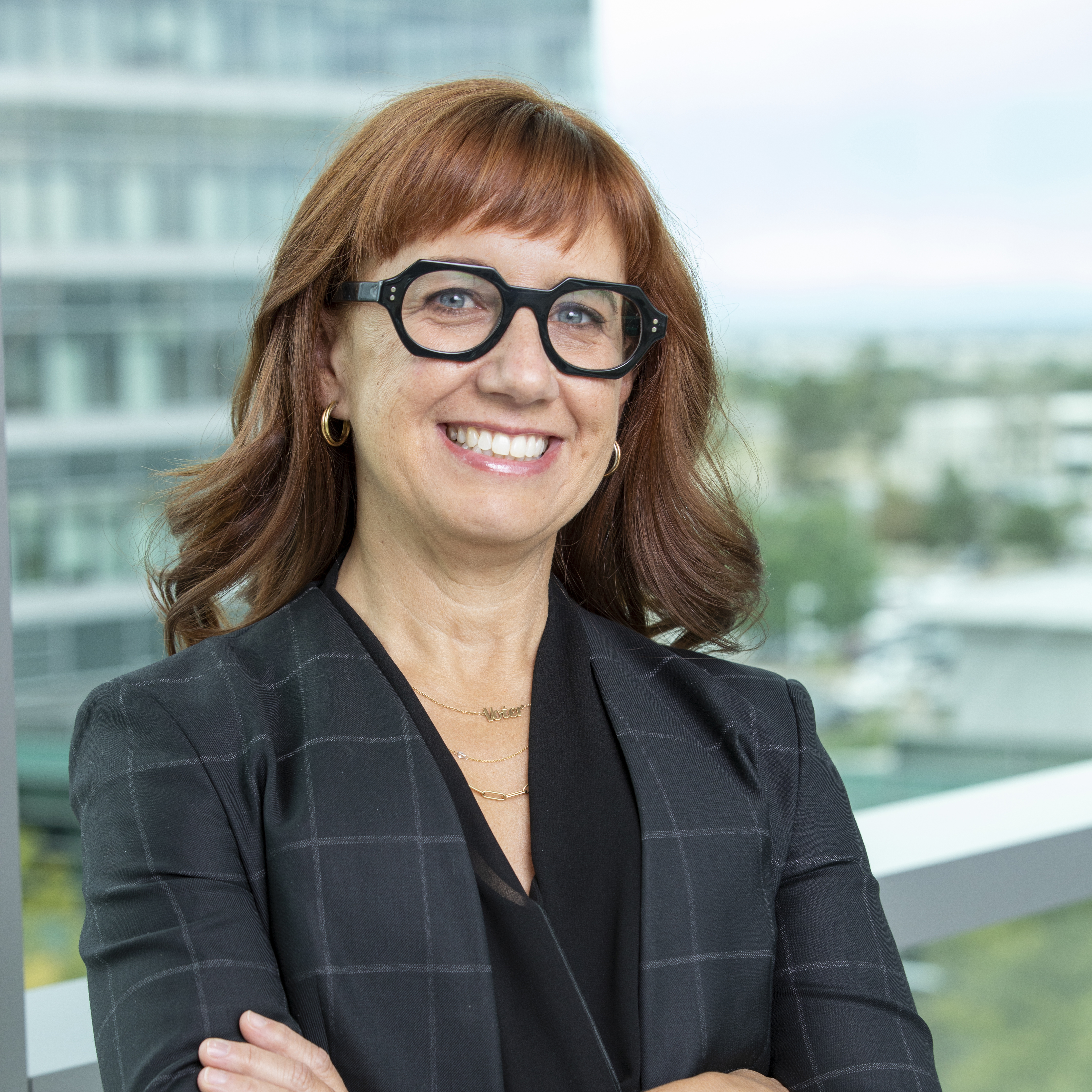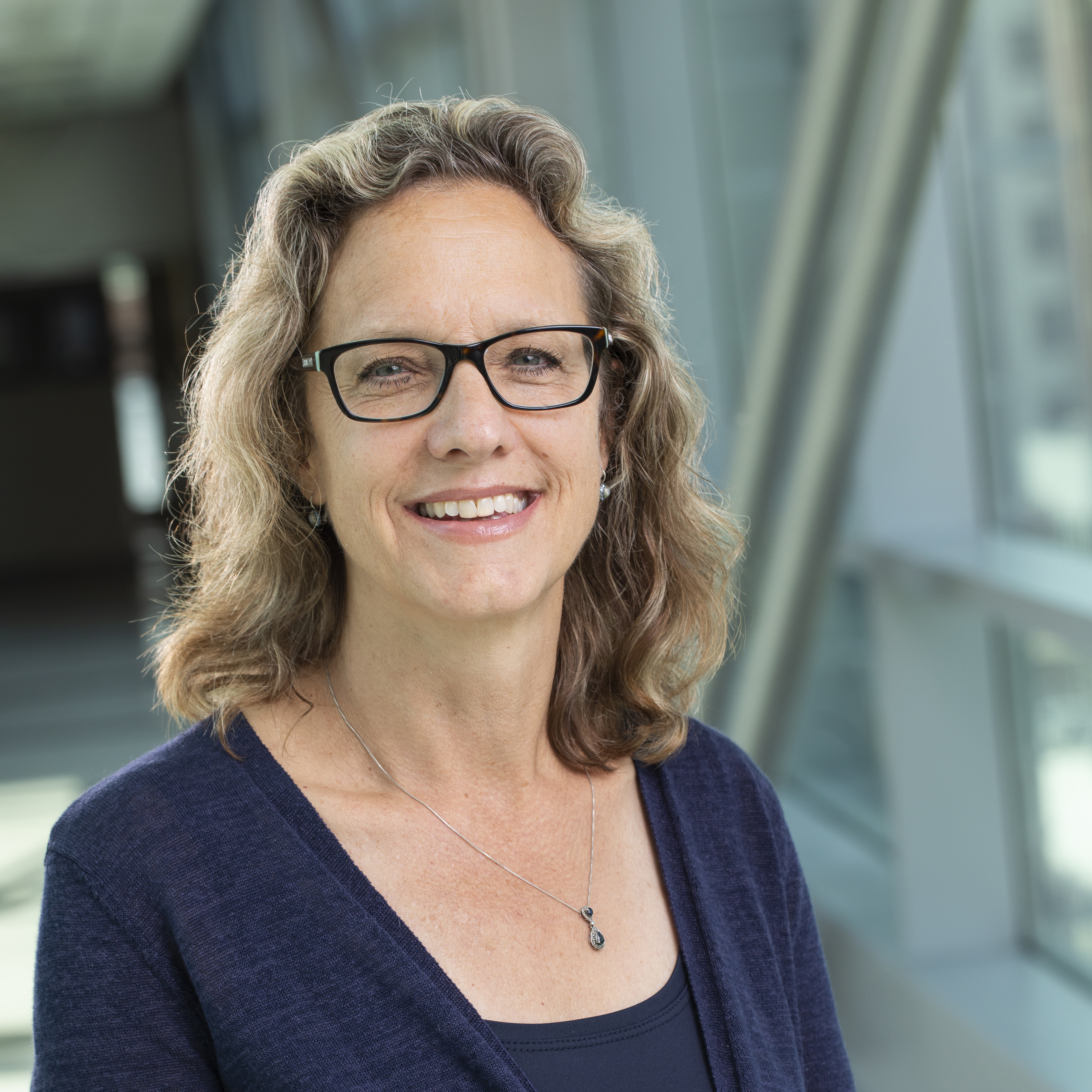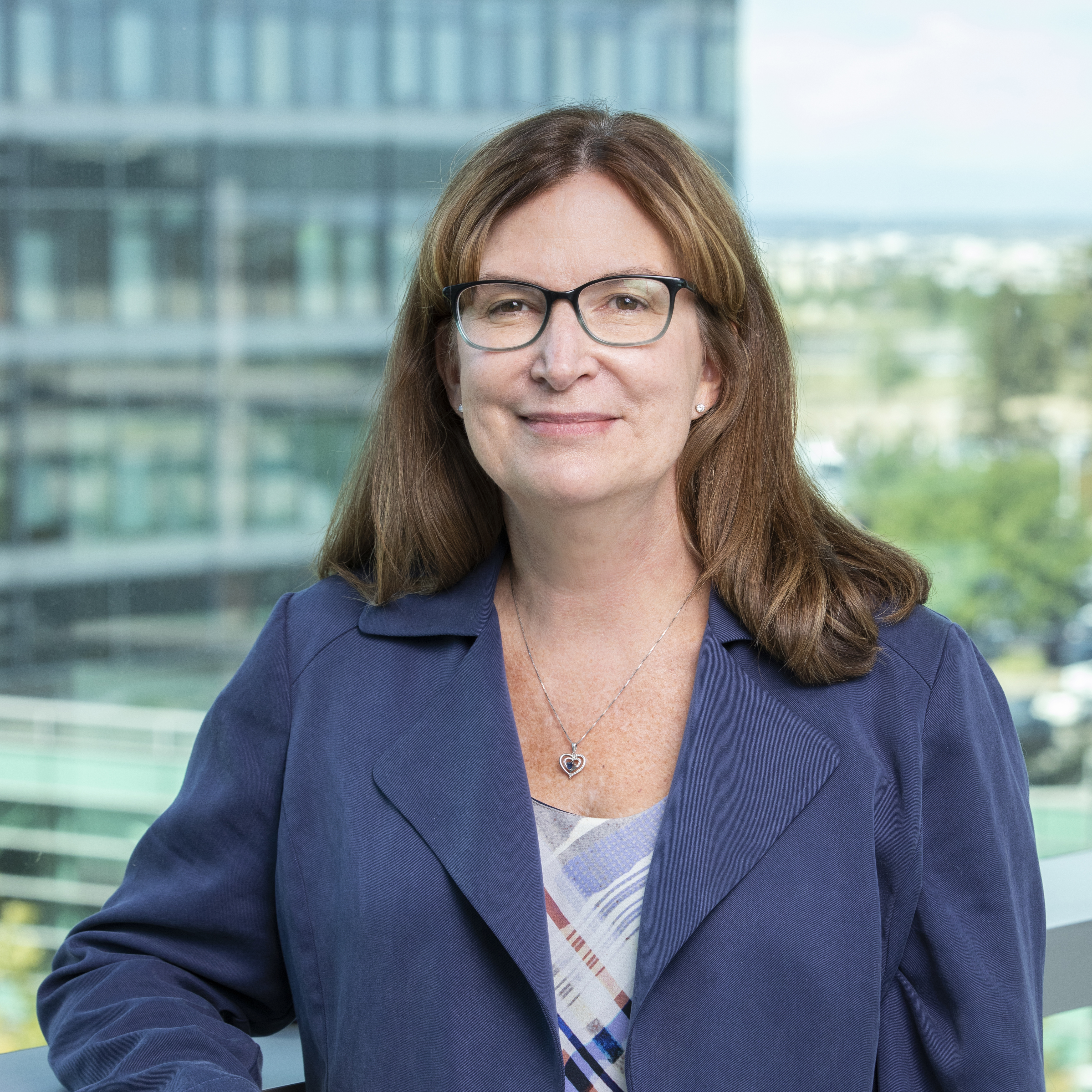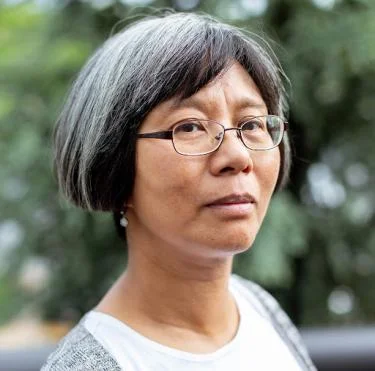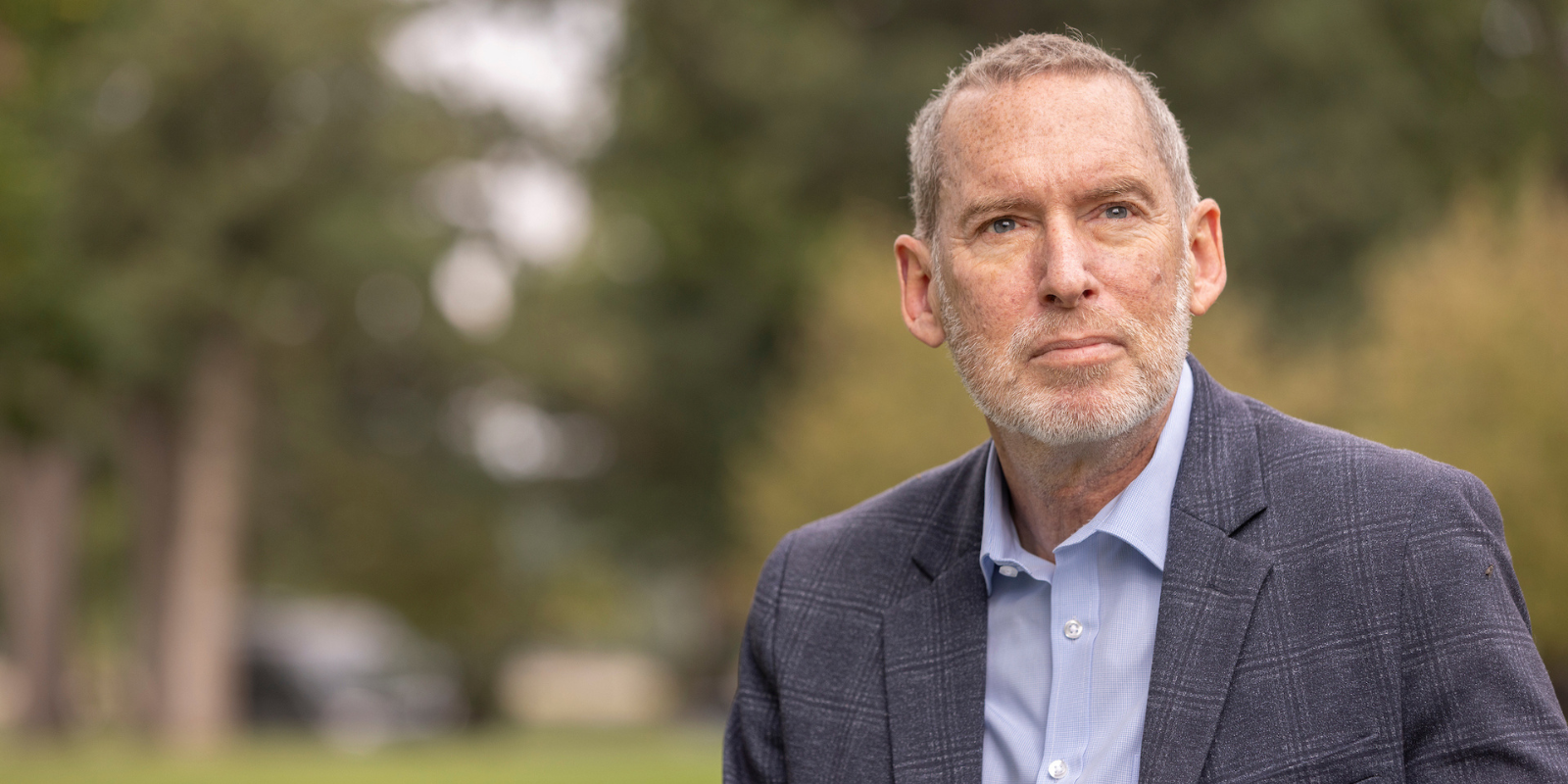Two important numbers to keep in mind are that 50.5% of the U.S. population is female, and that cancer will account for more than 606,000 deaths in the United States this year, making it the second-leading cause of death.
At first, these numbers may seem unrelated. Some might point out that even when these numbers are linked, cancer mortality is higher among men than women.
But as women increasingly pursue careers in cancer treatment and research, they bring not only vital insight and perspective that are helping to drive innovation, but ongoing attention to longstanding gender disparities in the field. These disparities have long existed not just in the clinic and the laboratory, but in cancer leadership roles as well. For example, recent research from the European Society for Medical Oncology found that in 2019, 36.8% of invited speakers at international and national oncology congresses were female. Further, 35.8% of board members in international and national oncology societies were female, and just a scant handful of NCI-designated cancer centers nationwide are led by women.
Even though half the population is female, half of cancer leadership worldwide isn’t, which is why “it’s so critical that women are represented in cancer leadership,” says Cathy Bradley, PhD, MPA, deputy director of the University of Colorado Cancer Center and associate dean for research in the Colorado School of Public Health. “Women in cancer leadership roles bring vital perspective to the clinic and to research.”
The CU Cancer Center is unique among many cancer centers nationwide because women represent half of its leadership in administration and research.
“For so many years, the academic world has been largely homogenous, largely male, largely white, and we were not getting diverse perspectives because we weren’t seeing a diversity of backgrounds represented,” says Heide Ford, PhD, associate director of basic research at the CU Cancer Center and chair of pharmacology in the CU School of Medicine. “There’s data now that show if you get more people in a room from different backgrounds, your organization will see more innovation, more advancement, have better retention. That means people of color, members of the LGBTQ community, the spectrum of cultural backgrounds and economic backgrounds, and women. Women need to be in the room.”
Inspired by women in science
There are many different avenues to approach the conversation about women in cancer leadership, and a few persistent “devil’s advocate” arguments. One of the most prevalent is that science is science—ideally genderless, apolitical, and driven only by evidence and data. However, ideal and reality often diverge.
“I’m a fan of pure, merit-based science, but I also have to be realistic, and women are still underrepresented in science,” says Patricia Ernst, PhD, co-leader of the CU Cancer Center’s Molecular and Cellular Oncology Program and a professor of hematology, oncology, and bone marrow transplantation in the CU School of Medicine. “I had this experience once of organizing a conference, and the male organizer before me said, ‘Oh, it’s so hard to find good female speakers.’ Funny, I didn’t have a problem at all.”
Like several of her colleagues in leadership, Ernst didn’t consciously chart her career toward her current position. “I’m really more of a scientist, and where I want to be is at the bench doing research,” she says. “But I’ve come to appreciate that leadership is a seat at the table. It gives you a certain voice, and it lets you open doors that you otherwise might not be able to.”
Ernst’s fellow co-director, Tin Tin Su, PhD, a professor of molecular, cellular, and developmental biology at CU Boulder, pursued cancer research because of her passion for the process of scientific inquiry and testing hypotheses. Leadership “came about partly as a way to pay back the support I received over the years to get where I am,” she explains. “Also, I grew up in Burma, and we barely had shoes to wear, so women in cancer leadership was not something I would have ever thought about. But I read about women scientists and women pioneers, and they were really inspiring. That’s one of the reasons it’s important women are in leadership roles.”

Cathy Bradley, PhD, MPA, (left), Evelinn Borrayo, PhD, and Stacy Fischer, MD, are leaders in the CU Cancer Center.
Stacy Fischer, MD, co-leader of the CU Cancer Center’s Cancer Prevention & Control Program and an associate professor of internal medicine in the CU School of Medicine, adds that “when you dismiss half the population, you’re simply not going to thrive. Women bring leadership styles that are an important part of team science.”
Increasing representation
Many women in cancer leadership are quick to note that overall, women have made important and significant strides in representation in research and in the clinic. More than half of medical students are now women, and in 2015, 46.5% of physicians in Organization for Economic Co-operation and Development countries – representing 37 democracies with market-based economies – were women, up from 39.1% in 2000.
“I think we’ve been doing a much better job of getting girls interested in STEM and supporting them in pursuing those interests,” says Jennifer Richer, PhD, co-leader of the CU Cancer Center’s Tumor Host Interactions Program and a professor of pathology in the CU School of Medicine. “We’re much better at being role models and providing them with role models. We know we’re losing great minds if girls are uncomfortable because they don’t see role models that look like themselves.”
However, one of the biggest challenges associated with retaining women in science and medicine is supporting them in finding and maintaining work-life balance. Research shows that of oncologists surveyed, more than 64% of women reported that the biggest challenge to career progression was work and family balance.
“I remember my mother-in-law telling me that she wanted to go to medical school like her father, but he told her, ‘If you go to medical school, you can never get married or have a family, and your commitment will be to your career,’” Fischer says. “So she made the decision not to go to medical school and was a stay-at-home mom. Even though, for me, it feels like I’m swimming upstream some days, I know the current is less forceful than it was for previous generations. At least I was never faced with a ridiculous dichotomous decision like that.”
Women still have to make some very heavy decisions, though. Richer says she hears “a lot of the younger female graduate students and medical students, the younger trainees, worry about whether they can juggle having a family. Even in this day and age, a lot of the daily tasks of managing the kids’ schedules, of going home when they’re sick, a lot of the work of caregiving for parents or friends does still fall to women.”
In fact, while the majority of medical students are now women, that percentage steadily decreases moving up the hierarchy in academic medicine—just 18% of department chairs and deans at academic medical institutions in the United States are women, the Association of American Medical Colleges reports. However, at the CU School of Medicine, close to half of department chairs are women.
Facing longstanding stereotypes
While women continue to narrow the gap in representation in many STEM fields, data show that they still are an overall minority in these fields. Ford says she has observed a more even gender balance among graduate students in biological sciences, “but as you move up the ranks women start dropping out,” she explains. “Getting into post-docs, you have fewer women, and by the time you get to junior faculty and then full faculty, it’s really skewed toward men.”
She adds that she has mentored a number of female graduate students “who would come to me and say, ‘I don’t know how you do it.’ I was an assistant professor when I had kids, and I had my two sons late, but I remember a female faculty member who told me, ‘You shouldn’t do this now; it’s a terrible time for your career.’ But I was in my late 30s, I couldn’t wait.”
Many women still contend with the perception that they’re not as dedicated to their careers or as able to do the work, even as cultural expectations persist that women will perform the majority of domestic labor.
“We saw this with COVID, where women took on the responsibility of childcare and now the data are showing that women’s careers declined—what some economists refer to as the ‘she-cession,’” Bradley explains. “In economics, a lot of research has studied what happens to women’s and men’s careers after maternity and paternity leave. Women take maternity leave and take care of the baby, whereas men take paternity leave and write a paper. I was the primary wage earner in my family, yet every time the kids had something come up, the school called me. They never called Dad.”
Women in many fields, not just science and medicine, also encounter conscious or unconscious gender biases that manifest in small or large ways. Many women across the spectrum of leadership can relate to the situation of being in a meeting, sharing an idea, and having it be ignored or brushed aside, but then hearing a male colleague say essentially the same thing and it’s given credence.
Further, women in leadership often must still contend with persistent cultural stereotypes that paint assertiveness in women as aggression and ambition as calculation, “even though there’s no real data to support these stereotypes,” Bradley says. “As a woman in leadership, there’s still a part of me that worries, when I disagree with a man in power, whether I’m being threatening or too aggressive.”
Continuing to make strides
However, though barriers and stereotypes persist, many women in CU Cancer Center leadership positions point out that great strides have been made and continue to be made.
“There’s more of a recognition that these gender biases exist and an awareness that even as we’re seeing more women in cancer leadership roles, there are very few women who are cancer center directors in the whole country,” Bradley says. “When I visit other cancer centers and walk down the hall where there are portraits of previous directors, it’s usually a long line of white men. But we’re recognizing that we can and must get some different faces up there.”
Among the first steps is recognizing that “solving any problem requires a lot of different ways of thinking,” Su says. “I think that alone is justification for not overlooking the 50% of the population who are women. If we’re missing those brains, those ways of thinking in solving problems, then we’re missing solutions. Having a diverse leadership team is essential, and it matters to have representation, because that’s how the population looks and that how we solve problems.”
Evelinn Borrayo, PhD, associate director of community outreach and engagement at the CU Cancer Center and associate director of research for the Latino Research and Policy Center, adds that a growing emphasis on inclusivity and equity is increasingly bringing diverse perspectives to research, cancer care, and cancer leadership. “Representation is so important because people who for a long time haven’t had a voice in these areas are seeing people who bring the unique perspectives of their communities to cancer leadership. I do this work because I’m passionate about it, and it’s important that people from diverse backgrounds can see that.”
Because science is, in some ways, still stereotyped as the realm of men, Ford says, mentorship is vital—more experienced female leaders, researchers, and clinicians supporting and advocating for the female students, researchers, and faculty members working to advance through the ranks of science.
“I had a really good female faculty mentor when I was starting out who put me up for a talk at a meeting that I thought was over my head,” Ernst recalls. “I thought I was going to be embarrassed because maybe I didn’t have enough data to talk about, but she encouraged me to do it, and now I can trace eight different ways that speaking at that event snowballed and got me other opportunities.”
Seeing women in leadership roles
Women aiming to build fulfilling careers in science and medicine, which could include cancer leadership roles, also benefit from more honest conversations about the issues women in these fields can face.
"As women, I think we tend to always feel guilty about something,” Richer says. “When my kids were tiny and I started going back to scientific meetings again, people would ask me, ‘Didn’t you just have a baby? Don’t you miss your baby so much?’ And I was like, ‘But they’re home with their dad.’ It’s important that we recognize and talk about these unfair expectations and the ways they might prevent us from pursuing a well-rounded professional life.”
There are national and international professional organizations that bring together women in cancer leadership and aim to develop women as leaders, as well as female-driven research and fundraising efforts like the American Cancer Society’s ResearcHERS, with which Richer is involved.
“That’s one of the things that I really love about the CU Cancer Center, is it’s a really nice place to be, and as an institution it has prioritized supporting women in their various roles and as they develop in leadership,” Ford says. “We’ve started asking things like, ‘OK, this researcher has a baby and is still breastfeeding; can we find ways to support her in taking her child to the professional meeting or finding childcare during the day?’ We’re more aware of all the different ways we can support women in finding balance, because many of us have also needed that support.”
Bradley notes that she advises post-doctoral researchers who are considering faculty positions to look at the leadership of the institutions they are considering. “I tell them, ‘If you don’t see many women, don’t go there.’ I’m proud that the CU Cancer Center is an institution where students and younger researchers and faculty see women in these roles and know that this is something they can achieve.”
Ford adds that not only is the CU Cancer Center committed to supporting and mentoring women in reaching leadership roles, “but the women in these roles now are committed to continuing to make this a place where women in science and medicine can thrive. They’re committed to not just being examples, but to doing the work of supporting and encouraging women in cancer.”




